|
Tonight at Puja, I led a beautiful little group of yogis. We used chairs to assist us in Standing Head to Knee, Standing Bow, and Balancing Stick. So great to see the alignment improve and the body open up with the use of the props.
Then we futzed with arm variations in Standing Separate Legs Stretching and tried Guillotine. We worked on Half Lotus Tree and Toe Stand and even tried Short Man. A really lovely, intimate and generous class all around. Makes me feel like I might be able to do this teaching thing after all.
0 Comments
"In Buddhism the highest spiritual ideal is to cultivate compassion for all sentient beings and to work for their welfare to the greatest possible extent."
From 'The Universe In a Single Atom' by His Holiness the Dalai Lama. I must listen to my body. Not just tell it what to do. Listen to it. And listen to the postures. There is wisdom in the postures.
When I find a stiffness or soreness, don't just push through it. Listen to it. It is telling me something. It could be that I have reached the point where I need to work today. It could be that my body is out of aligment. But I won't know if I don't listen. Every day is different. The sooner I accept that, the sooner I am working with my body instead of against it. Don Fata, a great guy who I met while studying with Tony in December, recently won the Manitoba Regional Hatha Yoga Championship. He will compete at the national championship in Toronto. Congratulations Don!
The picture above is from last year, when Don also won. He is in the middle. Don's Tiger (Forearm Balance) and Handstand are powerful and still. He was always trying to get us to stay after practice to do wall walks. One of the great benefits of yoga practice is generating heat in the body. Heat relaxes the body and helps it function optimally. We can generate internal heat through breathing exercises (Pranayama) and bodily postures (Asana). The most advanced yogis can control their circulation and body heat through pure concentration (Dharana). Three interesting articles in the NY Times today:
EXERCISE TO AGE WELL, WHATEVER YOUR AGE "A new study suggests that becoming physically active in middle age, even if someone has been sedentary for years, substantially reduces the likelihood that he or she will become seriously ill or physically disabled in retirement." Read the whole article here. A LOOK INSIDE THE PROTEIN BAR "Protein bars offer convenience, but they can also contain as much sugar as a candy bar and the calorie count of an entire meal." Read the whole article here. OBESITY TAKES HOLD EARLY IN LIFE, STUDY FINDS "Obesity is established very early in life, and that it basically tracks through adolescence to adulthood.” Read the whole article here. In the past few days I have noticed a lack of openness in my chest, the front side of my ribs. My abdomen opens as does my throat, but in-between feels stuck. It prevents me from raising my arms all the way and spreading my ribs from top to bottom.
The heart area is associated with the 4th Chakra, Anahata. It is the middle Chakra, the balancing point for the three above and the three below. Perhaps it makes sense that my throat and belly would open first, meeting at the heart. Over the past couple years I have noticed a sensation rise up my spine during backbends. The sensation, a tenderness (almost soreness), started in my lower lumbar spine. Slowly it has moved upwards to where it is now, near the bottom of my ribs where the thoracic curve takes shape. I have thought it was muscular in nature, my spinal muscles growing and getting used to the backward bend. Now I think there might be this energetic component as well. So I am focusing my efforts anew on opening my chest. Anahatasana, Dolphin Pose, Camel and Full Camel, Floor Bow. I recently attended a workshop with John Friend and Desi Springer as they presented their new alignment principle, the "bow spring," as the foundation for their new Sridaiva yoga. I was very excited to attend this workshop and learn from such experienced yogis. My feelings afterward are mixed.
The "bow spring" is basically an arched low back and an open chest, both of which are great medicine for our current cultural maladies - sitting and hunching forward. When sitting, our low backs and upper backs tend to round forward, hunching our shoulders and closing our chests. This poor posture is bad for the muscles of the back, which get very weak, and bad for the chest, which gets tight and closes off our energy and confidence. The "bow spring" builds strength in the muscles of the back; encourages a more proper spinal curvature which then transfers our weight more efficiently; and stretches the muscles, tissues and energy centers of the torso, particularly the solar plexus, sternum and throat. In these ways, I think the "bow spring" is a wonderful technique. The benefits of the "bow spring" are remarkably similar to Cobra Pose. Cobra is one of the most, if not the most, important single yoga posture. It strengthens the muscles of the back, achieves a gentle backward bend and stretches the chest. (Cobra Pose also compresses the kidneys and adrenals, reducing stress. And it compresses the pelvis, releasing testosterone that increases self-esteem and confidence.) The "bow spring," like Cobra, would be an excellent alignment for one posture, or even a series of several postures. But one would not claim that Cobra Pose makes a complete physical practice. And I don't think that the "bow spring" facilitates a balanced practice either. There are many alignments and bends possible in the spine and hips. They are two of the most mobile structures in the body. A balanced practice requires an exploration of all (or at least many) of these positions. We must bend the spine forward, backward, sideways, twist it and stretch it long. That includes the lumbar (lower) spine, for which the "bow spring" encourages only one position. We must stretch our hips in all directions and rotate them. That is how we achieve improved strength, flexibility and energetic openness. In order to achieve its exaggerated lumbar curve, the "bow spring" requires a forward tilt of the pelvis, which in turn creates a shortened front side of the quadriceps. This will create tightness in the hip flexor area (top front of the hips), which is already a common cultural problem due to all the sitting we do. Both John Friend and Desi Springer are tremendous yogis, experienced and advanced in their personal practices and their understanding of yoga. Desi especially is impressive to watch in her strength, flexibility and playfulness with the postures (I believe she started as a Ghosh yogi, growing up on Bikram). But I find their new method of yoga to be imbalanced and incomplete. The "Practice" posts are about progress and learning. The pictures and analysis of my own practice help me find areas that need improvement. Traditionally, the Triangle series comes right after the Half Moon Series. Some even consider it to part of the Half Moon Series. Bikram moved Bent Leg Triangle and Standing Separate Legs Forehead to Knee after Balancing Stick. The move makes a lot of sense. The hip rotation in Bent Leg Triangle is a bit easier to accomplish when we are very warm. And Standing Separate Legs Forehead to Knee acts as both a nice inversion and a therapeutic compression pose when placed later in the series. Traditionally the triangle series is Triangle and Standing Separate Legs Forehead to Knee only, in that order. Tony Sanchez added the Rotating Triangle after Triangle. I have added a couple other postures and shifted the order a bit. I explain my logic below. I have been practicing the Triangle Series in the traditional location, right after Half Moon. It is a smooth way to transition into more complex postures after the simple movements of the warm ups. In the Triangle Series, we split our legs (hence the name, they look like a triangle) and move our spine and hips into some new relationships.
This is the sequence I have been practicing to prepare my body for Bent Leg Triangle and to open gradually through the entire sequence of postures. I welcome any comments regarding my logic, either for or against the sequencing I have chosen. I am open to discussion!
According to a new study, being inactive can alter the brain's neurons "in ways that made them likely to overstimulate the sympathetic nervous system, potentially increasing blood pressure and contributing to the development of heart disease."
Read the article here. |
This journal honors my ongoing experience with the practice, study and teaching of yoga.
My FavoritesPopular Posts1) Sridaiva Yoga: Good Intention But Imbalanced
2) Understanding Chair Posture 2) Why I Don't Use Sanskrit or Say Namaste 3) The Meaningless Drudgery of Physical Yoga 5) Beyond Bikram: Why This Is a Great Time For Ghosh Yoga Categories
All
Archives
November 2017
|

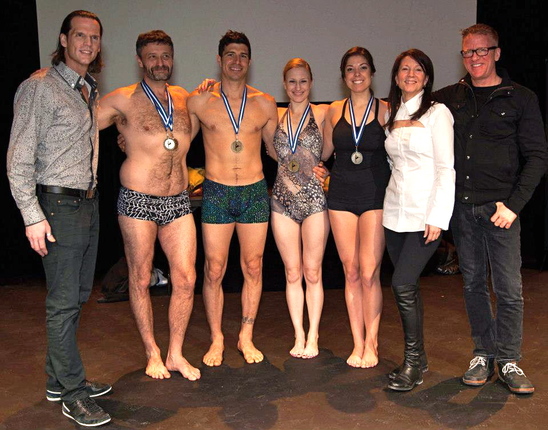
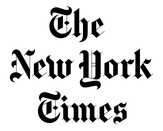
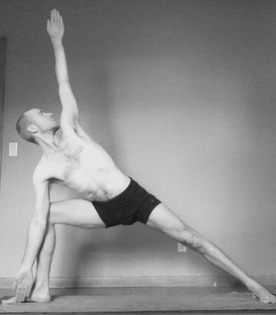
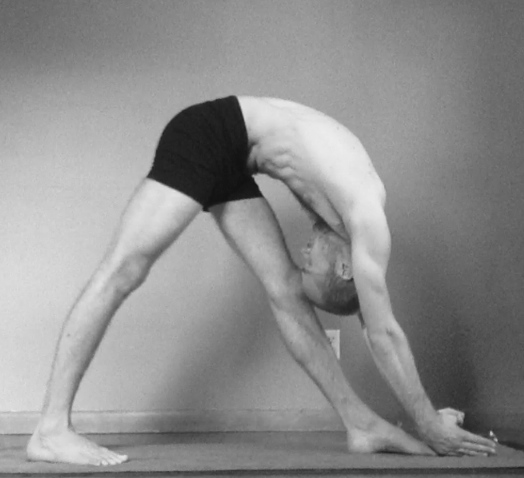

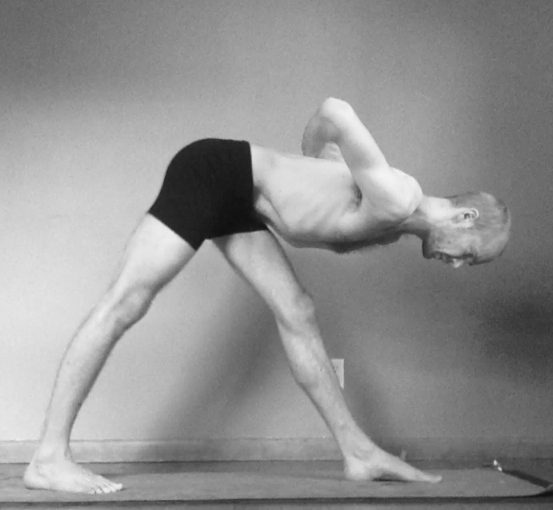
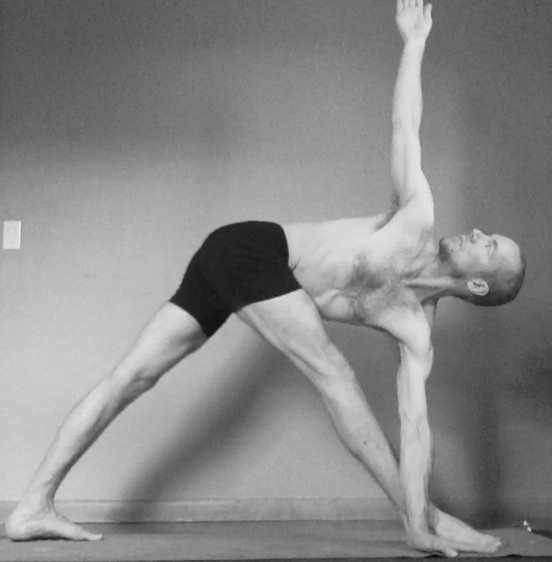
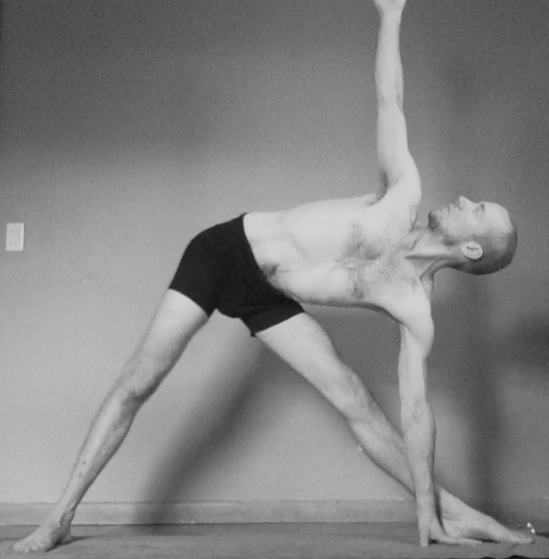
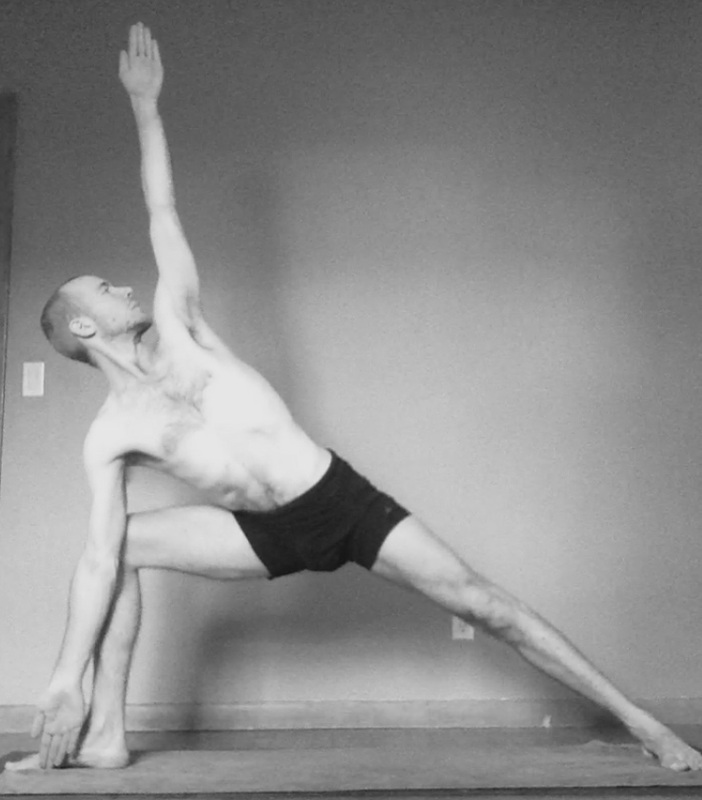
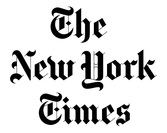

 RSS Feed
RSS Feed